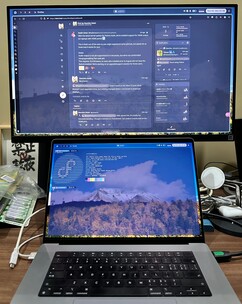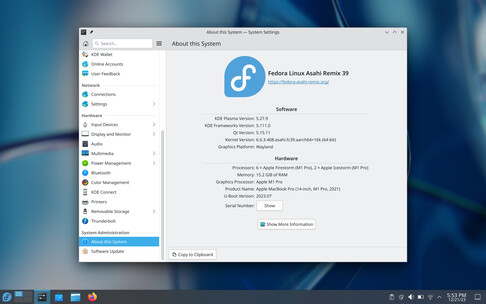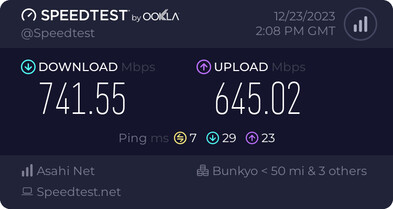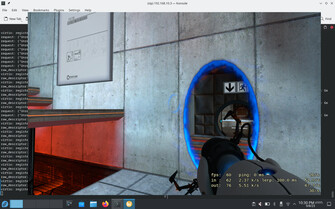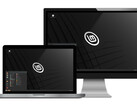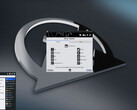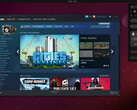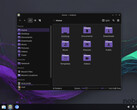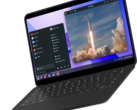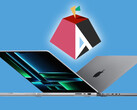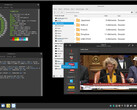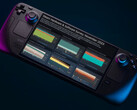The first stable version of Fedora Asahi Linux 39 with KDE Plasma as the standard desktop is barely a month old and there is already news from the Apple-silicon-exclusive Linux distribution. In particular, the improved HDMI support for Apple M1 and M2 chips, updates to the graphics driver and an extended battery life make people sit up and take notice.
Improved battery life thanks to "Energy-Aware Scheduling"
"It's not uncommon to get 12-15 hours of battery life with a MacBook Air running macOS. Has Apple conjured up a secret sauce to get these incredible figures out of the ARM64 cores? Not really. They're using tricks that Linux has long mastered, but no one has really used yet," write the Asahi developers in their blog.
The Apple silicon processors consist of performance cores (P-cores) and energy-saving E-cores. By using the existing Energy-Aware Scheduling (EAS) function, the kernel can automatically decide whether a process on a P- or E-core consumes less energy. According to the blog entry, this should enable "around 8-10 hours of 1080p30 YouTube, 12-15 hours of desktop use and [...] 25-28 hours of idle time".
Better HDMI support, enhanced GPU drivers and more
The now functioning HDMI support for Apple M1 and M2 devices sounds particularly exciting, as these chips, including their Pro, Max and Ultra variants, now make it easy to connect an external display via HDMI, which was previously not possible. In addition, OpenGL ES (Embedded Systems) 3.1 was implemented for the first time through reverse engineering could be implemented for the first time.
There are also numerous other new features, from Wi-Fi and Bluetooth optimizations to trackpad and touchbar updates and simplified playback of Netflix, Spotify and videos. Interested users can read the detailed blog entry by the Asahi team.


 Deutsch
Deutsch English
English Español
Español Français
Français Italiano
Italiano Nederlands
Nederlands Polski
Polski Português
Português Русский
Русский Türkçe
Türkçe Svenska
Svenska Chinese
Chinese Magyar
Magyar
